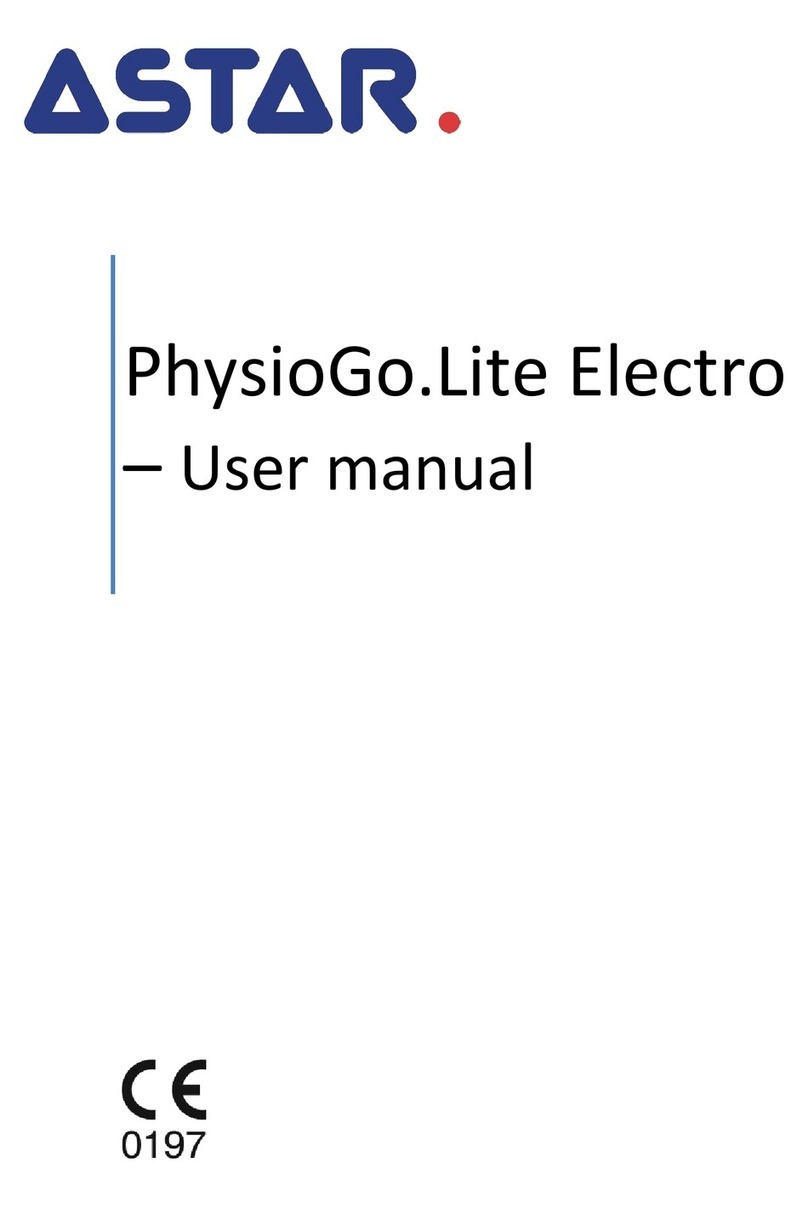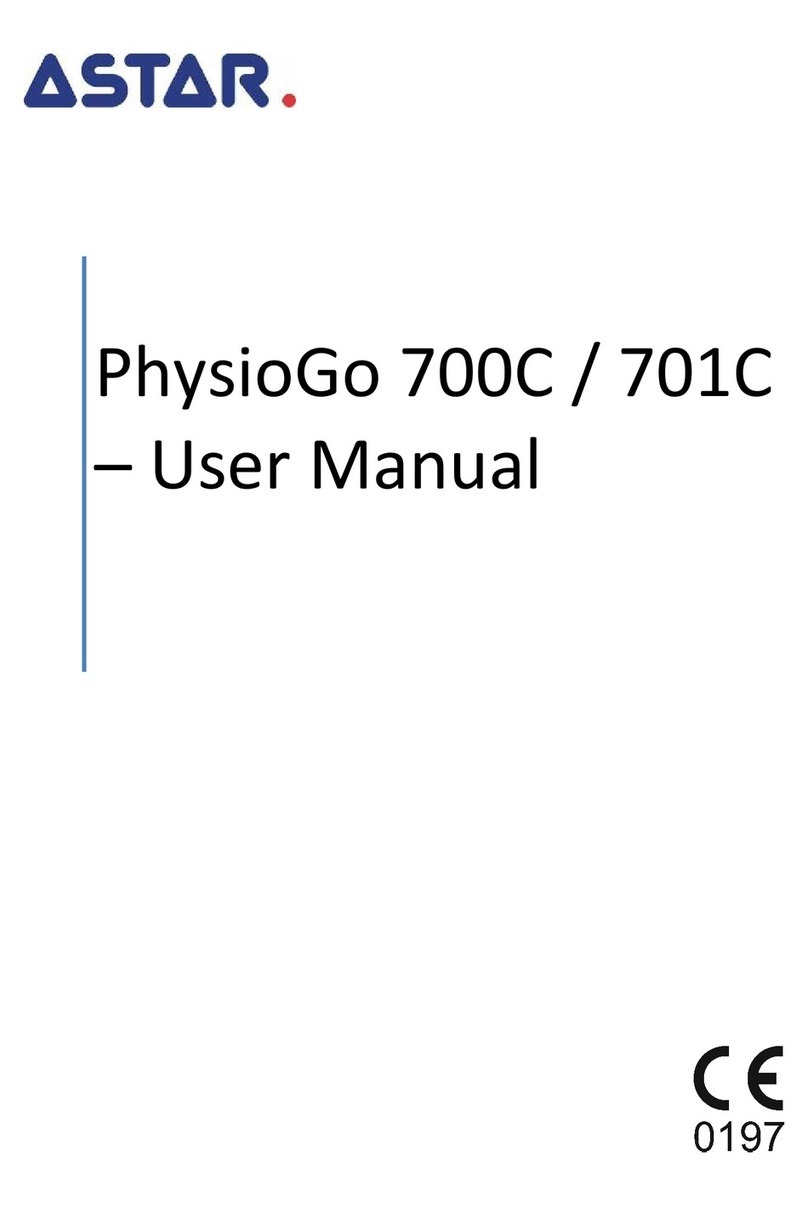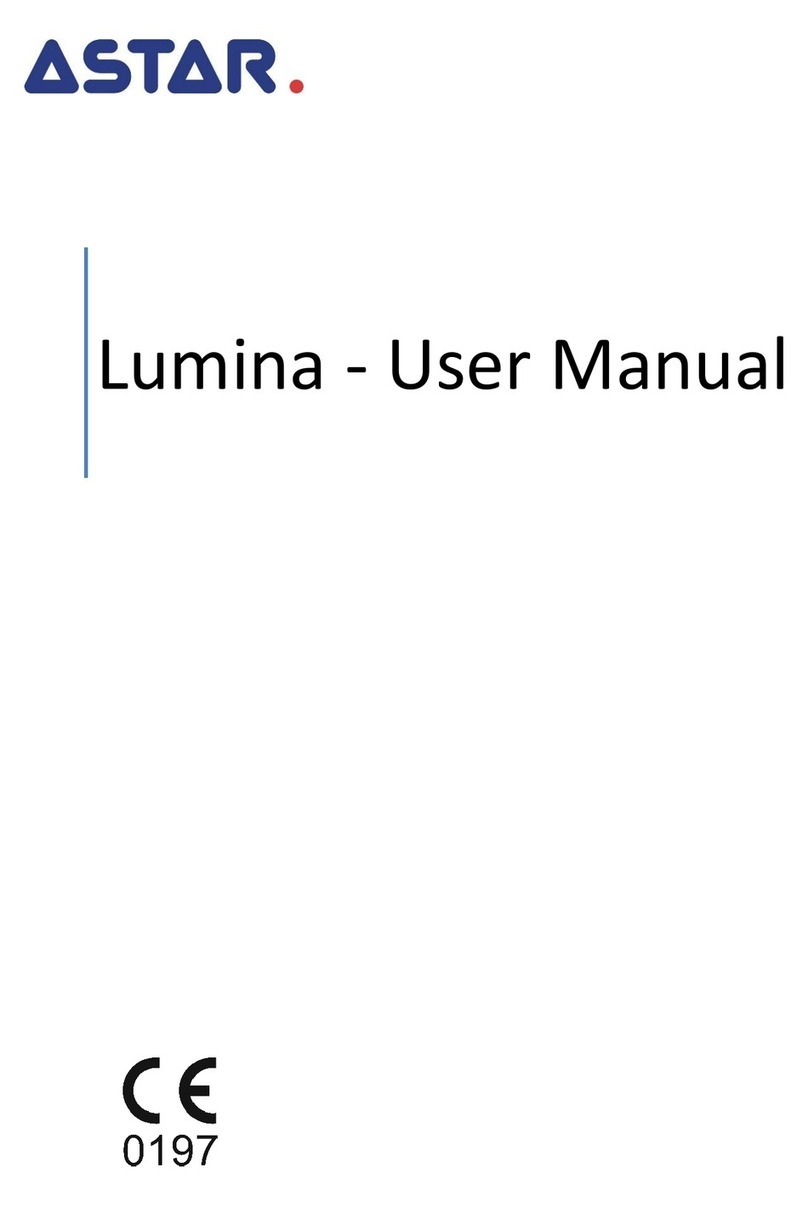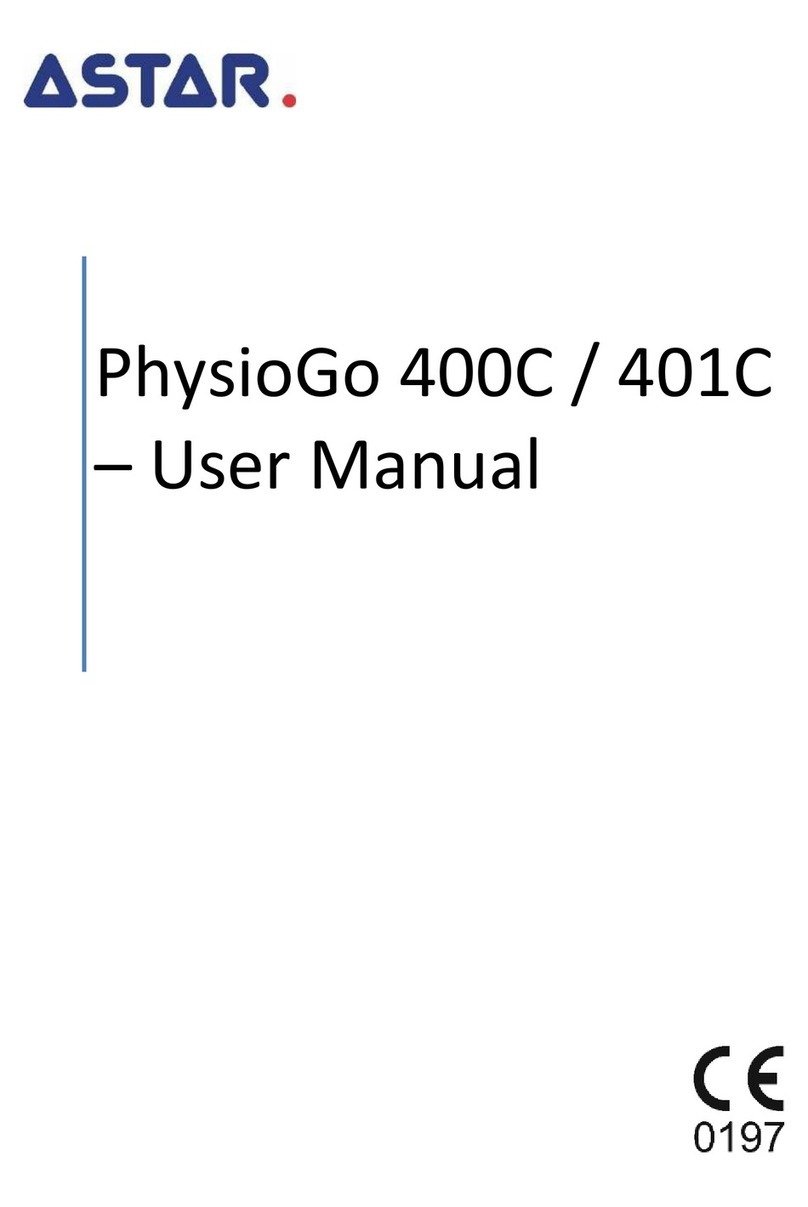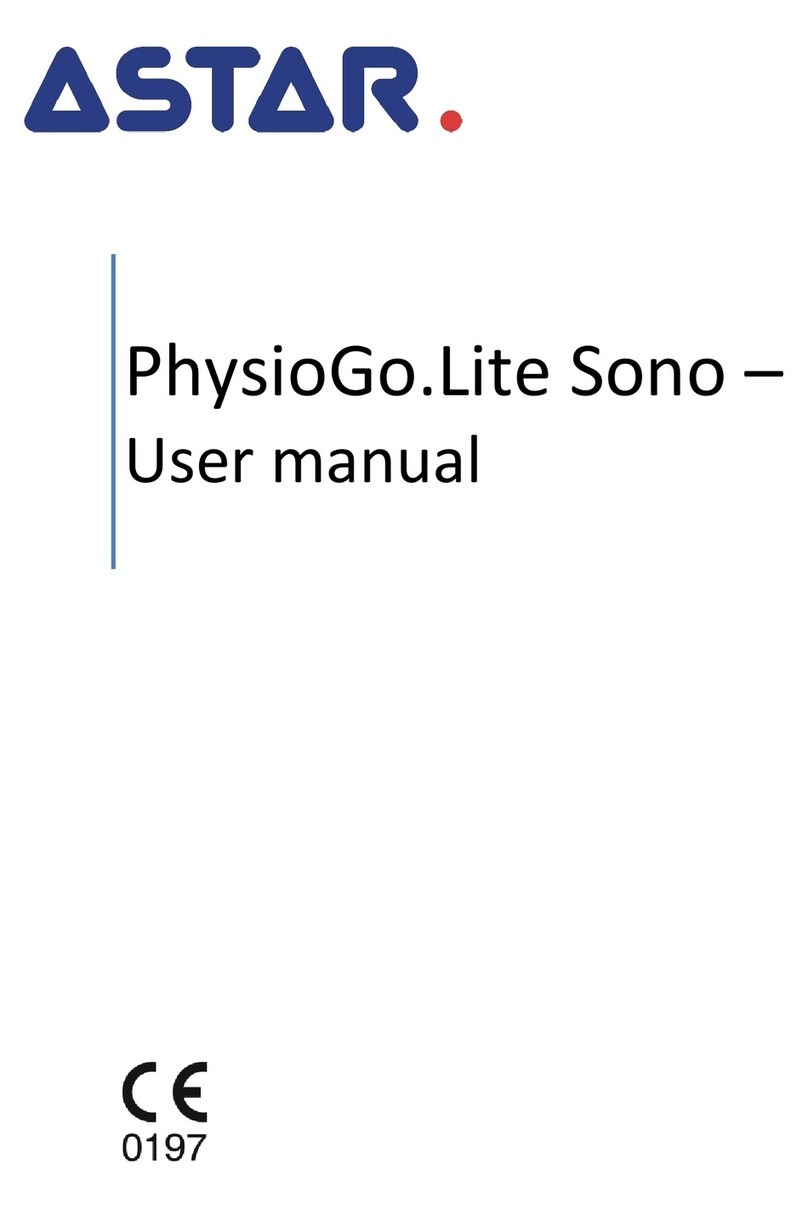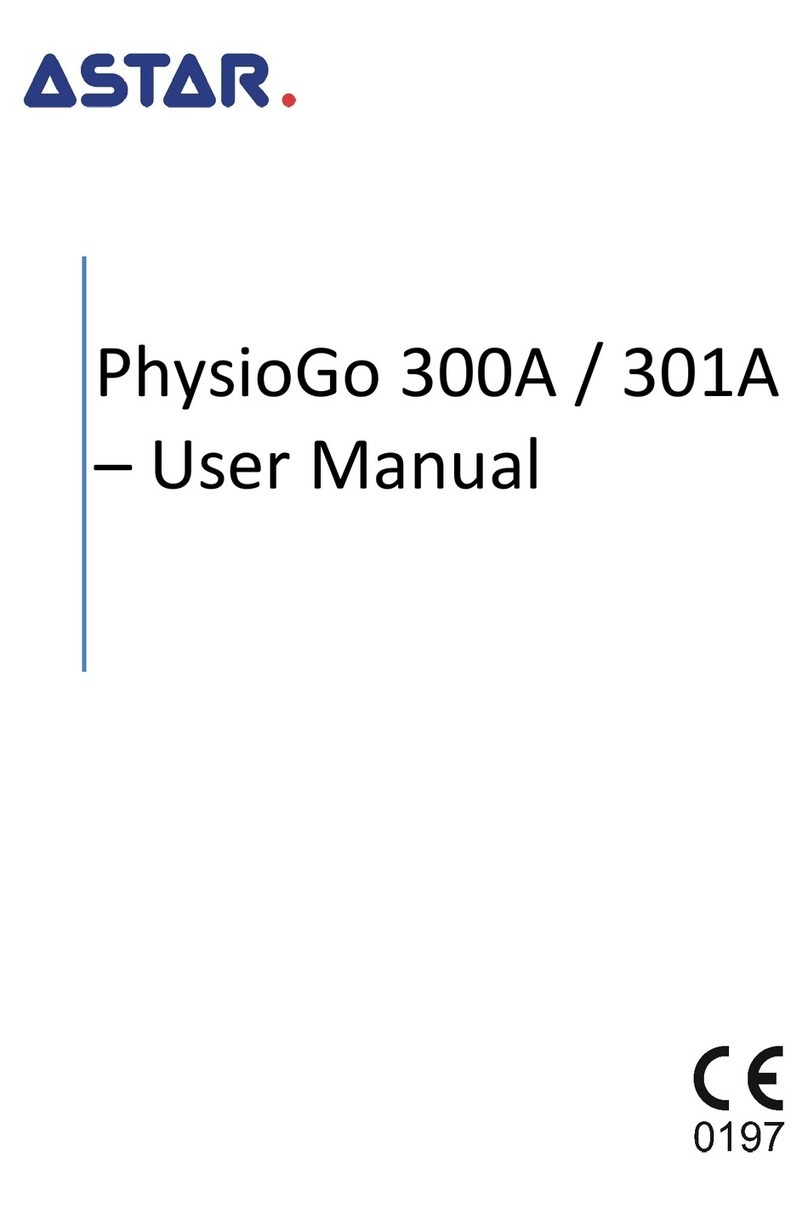
1. Basic information
page 3 / 66 Issue date 09.11.2022, release 10.1
Contents
1. INTRODUCTION ........................................................................................................................................................................... 5
MANUFACTURER .................................................................................................................................................................................. 5
RISK MANAGEMENT PROCESS .................................................................................................................................................................. 5
2. INTENDED USE............................................................................................................................................................................. 6
INTENDED USERS................................................................................................................................................................................... 7
USER TRAINING .................................................................................................................................................................................... 7
3. WARRANTY AND MANUFACTURER'S RESPONSIBILITY .................................................................................................................. 8
4. OPERATIONAL SAFETY ................................................................................................................................................................. 9
MAINS SUPPLY AND OPERATION MODE ..................................................................................................................................................... 9
STORAGE,OPERATION AND TRANSPORT CONDITIONS ................................................................................................................................... 9
WARNINGS AND SAFETY NOTES ........................................................................................................................................................... 10
EXPLOSION PROOF ENVIRONMENT.......................................................................................................................................................... 12
ELECTROMAGNETIC ENVIRONMENT ........................................................................................................................................................ 13
OPERATION OF TOUCH-SENSITIVE DISPLAYS.............................................................................................................................................. 13
TECHNICAL SUPERVISION ...................................................................................................................................................................... 13
EYE PROTECTION................................................................................................................................................................................. 14
LASER LABELS ..................................................................................................................................................................................... 16
APPLIED PARTS ............................................................................................................................................................................. 17
DISPOSAL .................................................................................................................................................................................... 17
5. UNIT DESCRIPTION .................................................................................................................................................................... 18
GENERAL CHARACTERISTICS .................................................................................................................................................................. 18
FRONT PANEL..................................................................................................................................................................................... 19
5.2.1 Operation status and battery level indicators..................................................................................................................... 20
BATTERY INSTALLATION ........................................................................................................................................................................ 21
NAME PLATE ...................................................................................................................................................................................... 22
LASER RADIATION MEASUREMENT .......................................................................................................................................................... 22
PROTECTION ...................................................................................................................................................................................... 22
5.6.1 Remote interlock connector................................................................................................................................................ 22
5.6.2 Emergency laser stop.......................................................................................................................................................... 22
LASER APPLICATORS............................................................................................................................................................................. 24
6. DEVICE INSTALLATION AND START-UP ....................................................................................................................................... 27
UNIT INSTALLATION............................................................................................................................................................................. 27
6.1.1 Assembling of the holders................................................................................................................................................... 27
6.1.2 Connection of laser applicators .......................................................................................................................................... 29
6.1.3 Laser scanner stand ............................................................................................................................................................ 30
6.1.4 Integrated emergency laser stop and remote interlock connector (DOOR) installation...................................................... 32
FIRST OPERATION................................................................................................................................................................................ 32
6.2.1 Laser therapy access code .................................................................................................................................................. 32
SETUP MODE...................................................................................................................................................................................... 33
6.3.1 Basic information ............................................................................................................................................................... 33
6.3.2 Language............................................................................................................................................................................ 33
6.3.3 Global settings.................................................................................................................................................................... 33
6.3.4 Functional settings ............................................................................................................................................................. 34
6.3.5 Control functions ................................................................................................................................................................ 35
6.3.6 Information ........................................................................................................................................................................ 36
TRANSPORT POSITION –THE STAND WITH SCANNING APPLICATOR ................................................................................................................ 37
TRANSPORT POSITION –TROLLEY FOR THE UNIT AND ACCESSORIES................................................................................................................ 37
7. UNIT OPERATION....................................................................................................................................................................... 38
PATIENT PREPARATION AND TREATMENT PERFORMANCE ............................................................................................................................ 38
7.1.1 General information ........................................................................................................................................................... 38
7.1.2 Laser therapy...................................................................................................................................................................... 38
SCREEN CONFIGURATION ...................................................................................................................................................................... 39
GENERAL CONFIGURATION.................................................................................................................................................................... 40
DISPLAY DESCRIPTION .......................................................................................................................................................................... 41
OPERATION WITH PRESET TREATMENT PROGRAMS .................................................................................................................................... 41
7.5.1 Voll and Nogier programs................................................................................................................................................... 43
FAVORITE PROGRAMS .......................................................................................................................................................................... 43
MANUAL MODE OPERATION ................................................................................................................................................................. 44
USER PROGRAMS ................................................................................................................................................................................ 44
SAFE SHUTDOWN PROCEDURE ............................................................................................................................................................... 46
8. DEFINITIONS AND PARAMETERS ................................................................................................................................................ 47
POINT LASER APPLICATORS (LASER PROBES).............................................................................................................................................. 48
